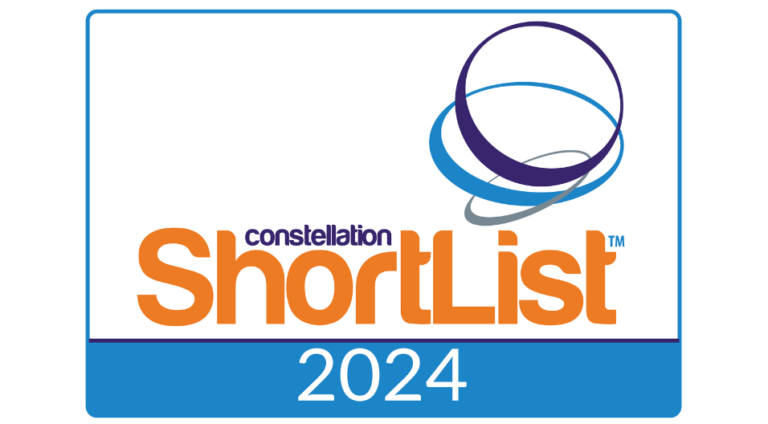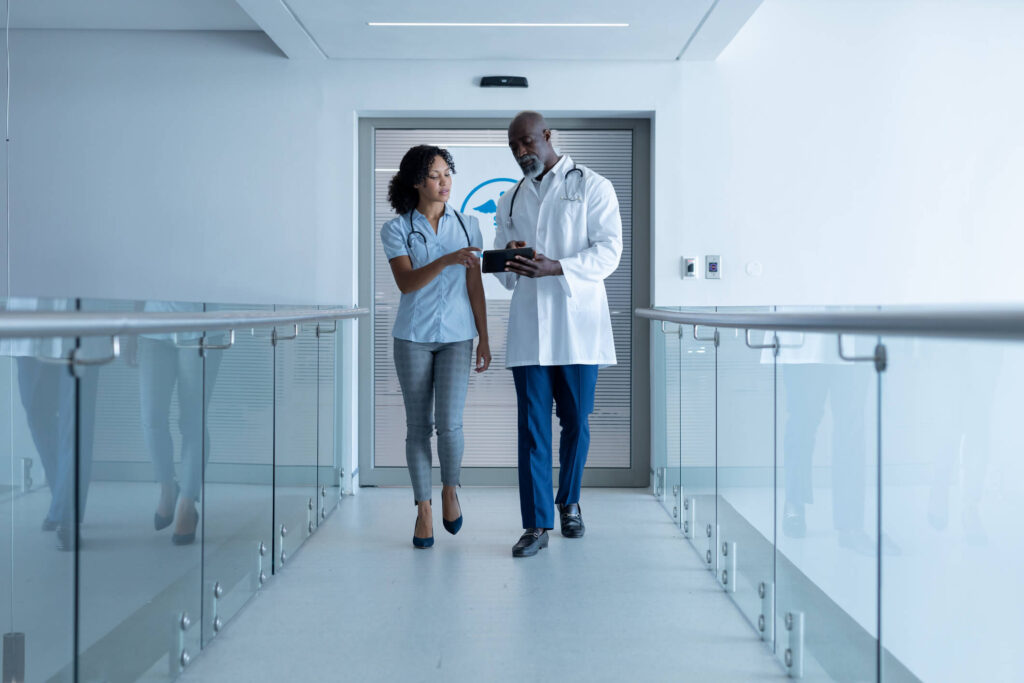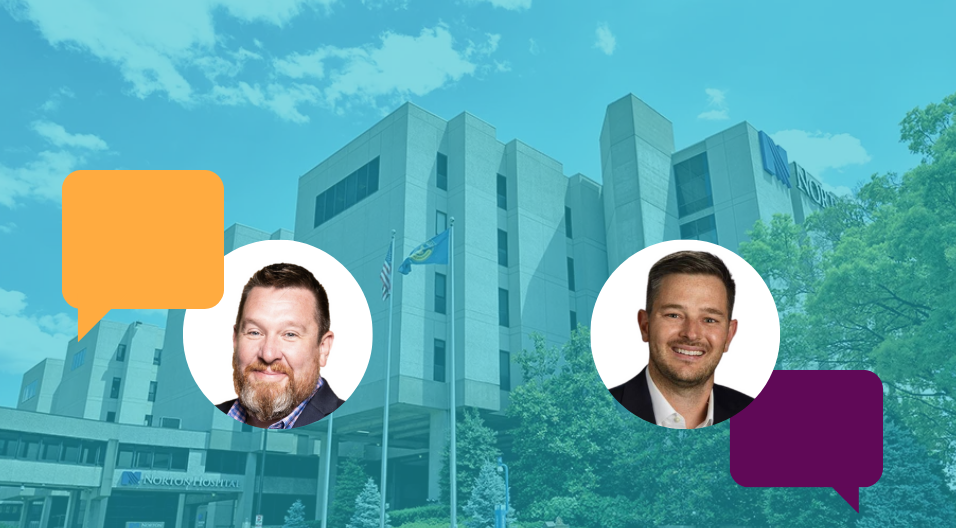ABSTRACT
This study includes data from 70,600 patients spanning seven different health systems. Of the health systems included, 85.7% had increases in two HCAHPS domains or more. Overall, we saw increases in four HCAHPS domains: communication about medicines, discharge information, nurse communication and response of hospital staff. The percentage of inpatients rounded on by each health system ranged from 39.5% to 91%. As an aggregate, 67% of the inpatients included in this study were rounded on. The results showed that patients who received a round reported higher patient experience scores in domains that relate to communication than patients that did not receive a round. Furthermore, we saw that increases in HCAHPS domains were higher for patients who had an average script completion of 50% or more.
INTRODUCTION
Being admitted to a hospital can be a scary, confusing and overwhelming experience. Good communication and education from the healthcare team can help ensure that the patient has a positive experience within the hospital. Healthcare staff often use patient rounding to check in on patients, evaluate their needs, and communicate important information. However, traditional rounding often uses manual processes that can lead to inconsistent documentation and delayed service recovery. CipherRounds, our digital patient rounding solution, helps ensure staff members have meaningful interactions with their patients and allows the care team to see and act upon patient feedback in real time. Using CipherRounds, staff members access a rounding script that
has a list of questions that are used to identify gaps in patient care.
For example, a staff member may ask if a patient has received a new medication. If the patient responds yes, then the rounding script will prompt the staff member to check to see if the patient understands the purpose of their new medication. If the patient responds no, then the staff member can use this opportunity to educate the patient and answer any questions the patient may have.
Staff members can also observe and evaluate the patient’s environment such as the completion of their care board and the cleanliness of the patient’s room. If the staff member identifies an issue that requires follow up, then the staff member can trigger an alert that will notify the appropriate team. For example, if the staff member notices that the trash can in the patient’s room is full, they can send an alert to the Environmental Services team to resolve the issue.
For this study we looked at the percentage of responses that had a top-box score (the most positive response from the answer choices). We hypothesized that purposeful rounding — which allows the voice of the patient to be heard and considers patient preferences and social determinants as essential components in the patient’s care plan — increases patient engagement and patient satisfaction. To test that hypothesis, CipherHealth conducted an aggregate HCAHPS analysis to assess the impact of patient rounding as measured by top box
HCAHPS responses.
STUDY APPROACH
The analysis included 70,600 patients over approximately 36 months beginning July 2018. All patients included in the analysis responded to an HCAHPS survey after being discharged from their visit. Approximately 62.8% (44,384) of those patients were rounded on using CipherRounds during their inpatient stay.
CipherHealth’s analysis found that patients who had received at least one CipherRound during their inpatient stay had higher top box scores in 3 HCAHPS measures: Response of Hospital Staff, Medicine Communication, and Discharge Communication. The domain with the biggest increase was the Response of Hospital Staff with a 3.5 percentage point difference
CipherHealth’s analysis found that patients who receive at least one round and answer 50% or more of the questions on the rounding script had higher top box scores in 4 HCAHPS measures: Response of Hospital Staff, Medicine Communication, Nurse Communication, and Discharge Information. The domain with the biggest increase was the Response of Hospital Staff with a 7.1 percentage point difference.
CONCLUSION
Based on the data in this retrospective study, patients who receive at least one round during their hospital stay will be more likely to report top box scores on measures related to communication than patients who did not receive a round. These patients are even more likely to report top box if they receive at least one round and answer 50% or more of the questions in the rounding script — which shows just how transformative purposeful rounding can be. Indeed, of the health systems that were included in this study, four have been recognized with Healthgrades Outstanding Patient Experience Awards for 2022. CipherHealth customers who use CipherRounds have also achieved Healthgrades’ Outstanding Patient Experience Award, US News Best Hospitals, and five star CMS ratings.









